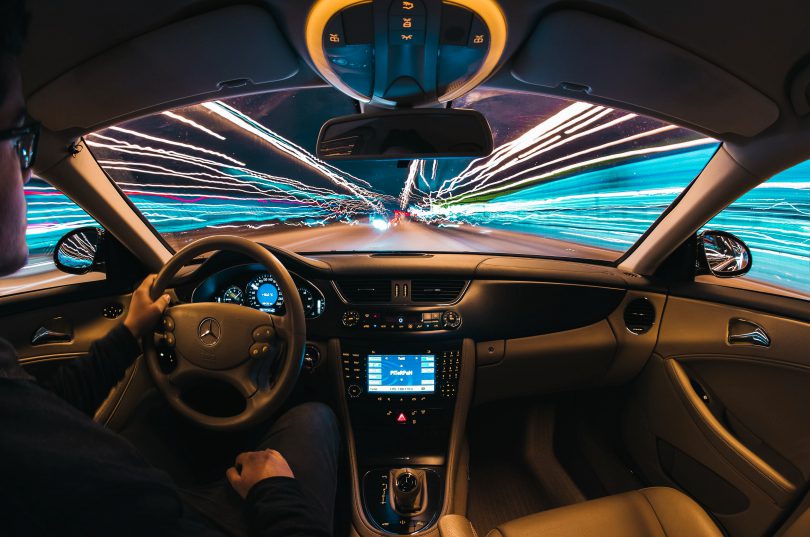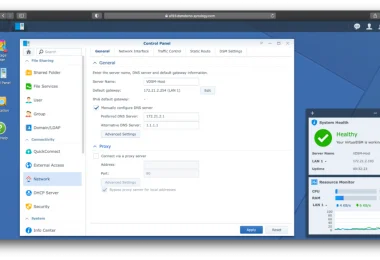The idea of completely independent, self-driving automobiles has inspired the automobile industry to develop future vehicles. Have you heard of commercial self-driving trucks? You probably heard about new concepts in artificial intelligence and other technology. While the notion has been explored, the major issue is whether a large platform traveling alone is a good idea. Some think they are the solution to a broad variety of issues, while others warn of potential dangers. As a consequence of today’s technology, our global perspectives have drastically altered. Innovations from e-commerce to retail progressively push the gear towards modernity, including in the transport industry. Major automotive companies are now developing independent cars that do not require a driver to be safe on the road. Auto-driving cars utilize sensors and software to navigate and operate the vehicle. Although driverless vehicles may seem to be a significant development in transport, in the trucking sector they are causing worry. Many truckers now face the automation issue, worrying that they may be replaced by robots and that they will lose their jobs.
Trucks for self-driving: What are the benefits and drawbacks?
Autonomous lorries have the potential to enhance efficiency in the transport industry. In the future, driverless trucks may enable businesses to transport more goods each day with the same or even fewer drivers. Autonomous trucks may move faster, reducing traffic congestion during peak hours, during off-peak hours. They also prevent problems, such as sleepy truck accidents, by not needing to stop breaks like drivers of human trucks. Self-driving trucks provide significant safety advantages. Hundreds of thousands of truck accidents occur every year, killing thousands of people and wounding tens of thousands more. Cars having the ability to self-drive may decrease the frequency of accidents. You never grow weary of what you do. You may travel at the least busy periods of the day. They would have data from sophisticated sensors onboard which might alert them in advance of potential issues.
People’s participation
Currently, self-driving trucks cannot be completely independent. In other words, all this will just assist truck drivers to stay in business while decreasing accidents. Drivers still have to keep a watch on them as they navigate busy streets, narrow alleys, and other congested places. A new dynamic may develop that excludes drivers if complete autonomy is ever realized.
Auto-driving trucks should assist drivers.
Autonomous technology will enable humans to handle all driving responsibilities much before robots. Crash prevention, stability control, and lane departure alerts should improve the safety and efficiency of operating a large vehicle. According to some experts, the future truck driver will be comparable to an airline pilot, because he or she may outsource the system to extended lengths of highway traffic but will have to take control of pick-ups, deliveries, and other, more complicated circumstances.
Will self-driving trucks kick off a new era in the management of supply chains?
Yes. The employment of automobiles in logistics is gaining momentum. With self-driving vehicles on the horizon, it is essential to comprehend how the logistics sector will affect them once they are in use. The techniques of delivering goods as well as other technical elements differ the most in the logistics sector.
When will the public be allowed to use self-driving trucks?
Self-employed trucks are now on the road, but many people still think they are in the testing phase. However, because of regulatory restrictions, autonomous trucks on public roads cannot yet be observed. The presence of a trucker is necessary inside the autonomous trucks. The aim of the measure is to ensure that pedestrians, bicycles, and other vehicles are safe when all are at the same location. Due to the projected consequences of auto accidents, human control is required in the event of unexpected future events. The situation on non-public highways is evolving as self-sufficient trucks grow more prevalent. However, any issues in technology or navigation nearly always need the presence of both a truck driver and an engineer.
More mistakes
Self-driving vehicles on existing national and state roads are not yet allowed. Going is a hazardous profession that may happen anything at any moment, for example, a tree falling on the road, a cat crossing the road, or another car going in the opposite way. As a result, the chance of an accident is great. Although software-powered, you cannot include any unexpected odds in a driverless vehicle. Smart tires may also lead to more accidents, therefore it is always a good idea to check pneumatic reviews before purchasing.
Expensive
Autonomous trucks are interesting because of their technology for the power pact, however, this technology is extremely costly. The overall tendency is to make technology less expensive because it becomes more accessible. On the other side, self-driving vehicles are cheaper for the general public as they become more widely accessible.







[…] splendor of the hotel without any cost. This encourages them to book their rooms and to provide the service of the […]